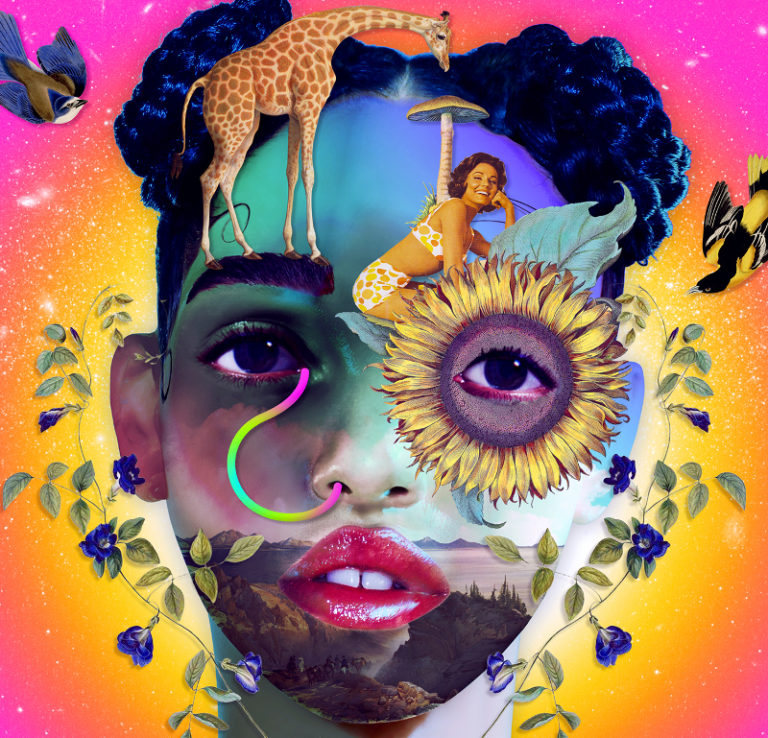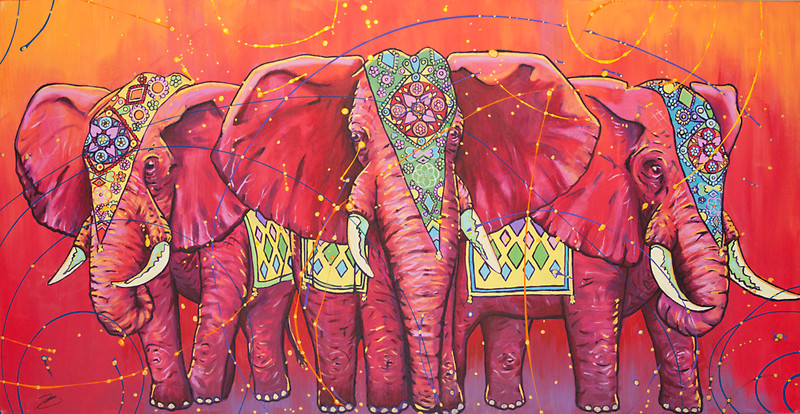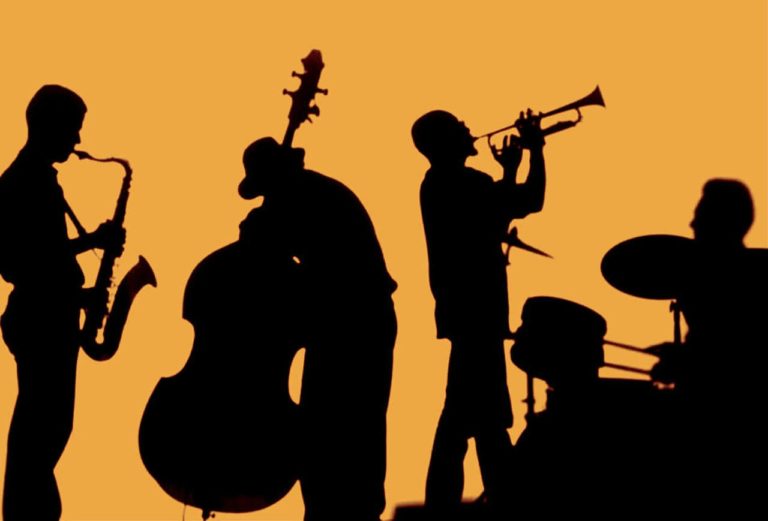
What Is Culture? The Definition of Culture

By Kim Ann Zimmermann, Live Science Contributor |
 Culture is the characteristics and knowledge of a particular group of people, encompassing language, religion, cuisine, social habits, music and arts.
Culture is the characteristics and knowledge of a particular group of people, encompassing language, religion, cuisine, social habits, music and arts.
The Center for Advance Research on Language Acquisition goes a step further, defining culture as shared patterns of behaviors and interactions, cognitive constructs and understanding that are learned by socialization. Thus, it can be seen as the growth of a group identity fostered by social patterns unique to the group.
“Culture encompasses religion, food, what we wear, how we wear it, our language, marriage, music, what we believe is right or wrong, how we sit at the table, how we greet visitors, how we behave with loved ones, and a million other things,” Cristina De Rossi, an anthropologist at Barnet and Southgate College in London, told Live Science.
The word “culture” derives from a French term, which in turn derives from the Latin “colere,” which means to tend to the earth and grow, or cultivation and nurture. “It shares its etymology with a number of other words related to actively fostering growth,” De Rossi said.
Western culture
 The term “Western culture” has come to define the culture of European countries as well as those that have been heavily influenced by European immigration, such as the United States, according to Khan University. Western culture has its roots in the Classical Period of the Greco-Roman era and the rise of Christianity in the 14th century.
The term “Western culture” has come to define the culture of European countries as well as those that have been heavily influenced by European immigration, such as the United States, according to Khan University. Western culture has its roots in the Classical Period of the Greco-Roman era and the rise of Christianity in the 14th century.
Other drivers of Western culture include Latin, Celtic, Germanic and Hellenic ethnic and linguistic groups. Today, the influences of Western culture can be seen in almost every country in the world.
Eastern culture
 Eastern culture generally refers to the societal norms of countries in Far East Asia (including China, Japan, Vietnam, North Korea and South Korea) and the Indian subcontinent. Like the West, Eastern culture was heavily influenced by religion during its early development, but it was also heavily influenced by the growth and harvesting of rice, according to the book “Pathways to Asian Civilizations: Tracing the Origins and Spread of Rice and Rice Cultures” by Dorian Q. Fuller. In general, in Eastern culture there is less of a distinction between secular society and religious philosophy than there is in the West.
Eastern culture generally refers to the societal norms of countries in Far East Asia (including China, Japan, Vietnam, North Korea and South Korea) and the Indian subcontinent. Like the West, Eastern culture was heavily influenced by religion during its early development, but it was also heavily influenced by the growth and harvesting of rice, according to the book “Pathways to Asian Civilizations: Tracing the Origins and Spread of Rice and Rice Cultures” by Dorian Q. Fuller. In general, in Eastern culture there is less of a distinction between secular society and religious philosophy than there is in the West.
Latin culture
 Many of the Spanish-speaking nations are considered part of the Latin culture, while the geographic region is widespread. Latin America is typically defined as those parts of the Central America, South America and Mexico where Spanish or Portuguese are the dominant languages. Originally, the term “Latin America” was used by French geographers to differentiate between Anglo and Romance (Latin-based) languages, according to the University of Texas. While Spain and Portugal are on the European continent, they are considered the key influencers of what is known as Latin culture, which denotes people using languages derived from Latin, also known as Romance languages.
Many of the Spanish-speaking nations are considered part of the Latin culture, while the geographic region is widespread. Latin America is typically defined as those parts of the Central America, South America and Mexico where Spanish or Portuguese are the dominant languages. Originally, the term “Latin America” was used by French geographers to differentiate between Anglo and Romance (Latin-based) languages, according to the University of Texas. While Spain and Portugal are on the European continent, they are considered the key influencers of what is known as Latin culture, which denotes people using languages derived from Latin, also known as Romance languages.
Middle Eastern culture
 The countries of the Middle East have some but not all things in common. This is not a surprise, since the area consists of approximately 20 countries, according to PBS. The Arabic language is one thing that is common throughout the region; however, the wide variety of dialect can sometimes make communication difficult. Religion is another cultural area that the countries of the Middle East have in common. The Middle East is the birthplace of Judaism, Christianity and Islam.
The countries of the Middle East have some but not all things in common. This is not a surprise, since the area consists of approximately 20 countries, according to PBS. The Arabic language is one thing that is common throughout the region; however, the wide variety of dialect can sometimes make communication difficult. Religion is another cultural area that the countries of the Middle East have in common. The Middle East is the birthplace of Judaism, Christianity and Islam.
African culture
 The continent of Africa is essential to all cultures. Human life originated on this continent and began to migrate to other areas of the world around 60,000 years ago, according to the Natural History Museum in London. Other researchers, like those from Estonian Biocentre in Tartu, believe that the first migration may have been much earlier, as early as 120,000 years ago. Researchers come to these conclusions by studying human genomes from various cultures to trace their DNA to common ancestors. Fossil records also factor into some of these theories.
The continent of Africa is essential to all cultures. Human life originated on this continent and began to migrate to other areas of the world around 60,000 years ago, according to the Natural History Museum in London. Other researchers, like those from Estonian Biocentre in Tartu, believe that the first migration may have been much earlier, as early as 120,000 years ago. Researchers come to these conclusions by studying human genomes from various cultures to trace their DNA to common ancestors. Fossil records also factor into some of these theories.
Africa is home to a number of tribes, ethnic and social groups. One of the key features of this culture is the large number of ethnic groups throughout the 54 countries on the continent. Nigeria alone has more than 300 tribes, for example.
Currently, Africa is divided into two cultural groups: North Africa and Sub-Saharan Africa. This is because Northwest Africa has strong ties to Middle East, while Sub-Saharan Africa shares historical, physical and social characteristics that are very different from North Africa, according to the University of Colorado. The harsh environment has been a large factor in the development of Sub-Saharan Africa culture, as there are a number of languages, cuisines, art and musical styles that have sprung up among the far-flung populations.
Constant change
No matter what culture a people are a part of, one thing is for certain, it will change. “Culture appears to have become key in our interconnected world, which is made up of so many ethnically diverse societies, but also riddled by conflicts associated with religion, ethnicity, ethical beliefs, and, essentially, the elements which make up culture,” De Rossi said. “But culture is no longer fixed, if it ever was. It is essentially fluid and constantly in motion.” This makes it so that it is difficult to define any culture in only one way.
While change is inevitable, the past should also be respected and preserved. The United Nations has created a group called The United Nations Educational, Scientific and Cultural Organization (UNESCO) to identify cultural and natural heritage and to conserve and protect it. Monuments, building and sites are covered by the group’s protection, according to the international treaty, the Convention Concerning the Protection of the World Cultural and Natural Heritage. This treaty was adopted by UNESCO in 1972.
Other Art & Culture Articles
Features
Copyright © 2018 SEAN-O-VISTA

Powered with 


